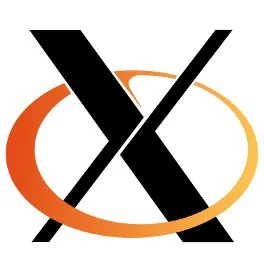TTM Memory Manager Gets Ready For Release

Thomas Hellstrom of VMware/Tungsten Graphics has signaled the state of the TTM memory manager by issuing an RFC on the dri-devel list. Thomas is requesting developers comment on this Tungsten-originated patch that would add the Translation Table Maps support to the DRM within the kernel. Assuming no critical issues get brought up, we could then see TTM enter the Linux 2.6.31 kernel.
The generic TTM code adds about 5,800 lines of code to the Linux kernel. TTM is the GPU memory management subsystem that was previously gaining much steam among Linux driver developers until Intel had developed the Graphics Execution Manager and switched its driver over to using this code for memory management. GEM had entered the Linux 2.6.28 kernel and one of its main advantages is being simpler than TTM at the time. However, GEM was designed all around the needs of Intel and their hardware, so a GEM-only memory solution hasn't proved to be ideal for those developers working on NVIDIA and ATI/AMD hardware. The Nouveau and Radeon developers have been working on a GEM-ified TTM manager that uses TTM internally but exposes the GEM interface. TTM will also be used for part of VIA's new DRM driver. In-kernel memory management is a prerequisite for kernel mode-setting.
TTM is a GPU memory manager subsystem designed for use with GPU devices with various memory types (On-card VRAM, AGP, PCI apertures etc.). It's essentially a helper library that assists the DRM driver in creating and managing persistent buffer objects.
TTM manages placement of data and CPU map setup and teardown on data movement. It can also optionally manage synchronization of data on a per-buffer-object level.
TTM takes care to provide an always valid virtual user-space address to a buffer object which makes user-space sub-allocation of big buffer objects feasible.
TTM uses a fine-grained per buffer-object locking scheme, taking care to release all relevant locks when waiting for the GPU. Although this implies some locking overhead, it's probably a big win for devices with multiple command submission mechanisms, since the lock contention will be minimal.
TTM can be used with whatever user-space interface the driver chooses, including GEM. It's used by the upcoming Radeon KMS DRM driver and is also the GPU memory management core of various new experimental DRM drivers.
TTM has been a long time coming, but it looks like it may finally enter the limelight! Now we just need to hope the Radeon kernel mode-setting driver will also be ready to enter the Linux 2.6.31 kernel.
14 Comments

